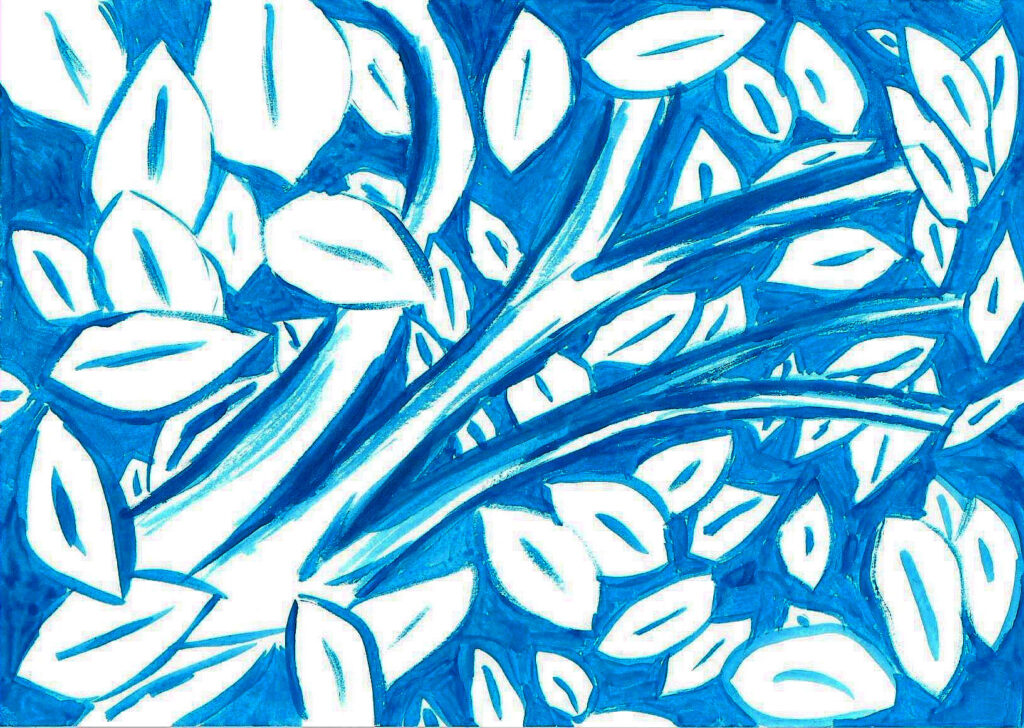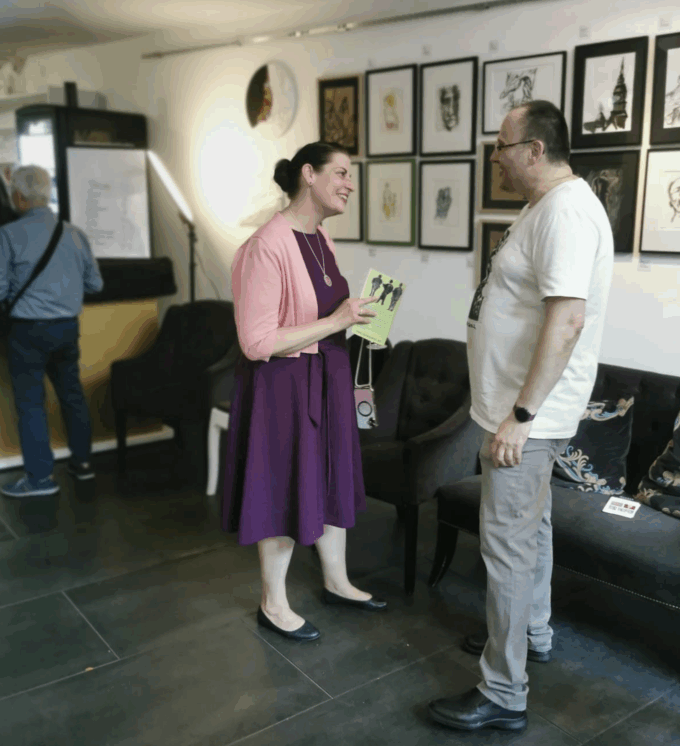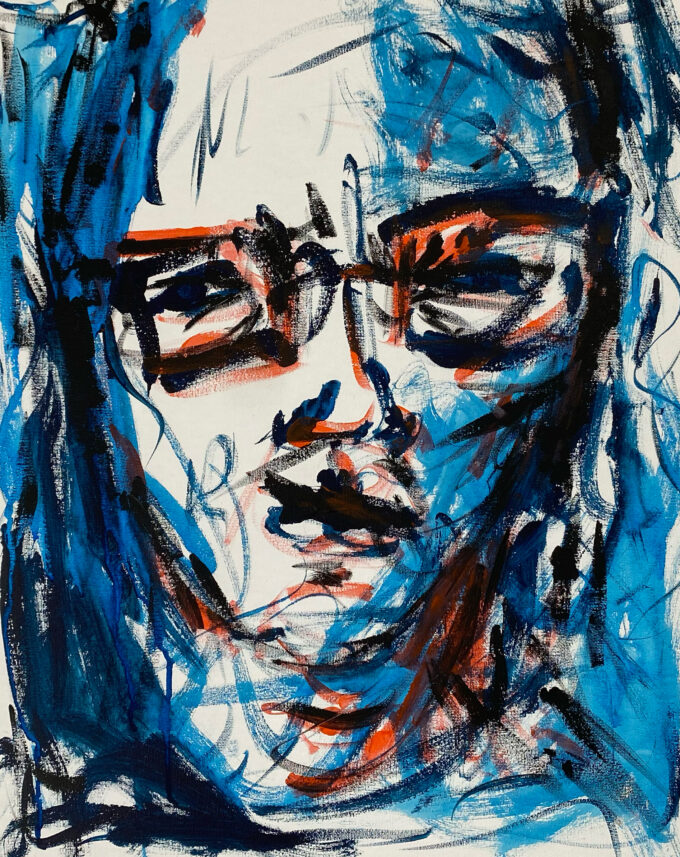Defining the value of art sparks as many debates as the question of what art is in itself.
I won’t attempt to provide a universal answer in this article, as I lack the expertise — there are entire fields of study dedicated to this complex topic.
However, I can certainly share my personal values and criteria when analyzing or contemplating art.

The Artist
The artist is a critical factor influencing the value of their work for me. When I sense that an individual truly “breathes” art, viewing it as their passion and raison d’être, whatever they create becomes valuable art in my eyes. Fame, formal education, or extensive art experience are positive influences on value but not mandatory. What matters most is the artist’s story — why they do what they do, their message, history, thoughts, and ideas.
The Story
A piece gains special significance when the artist weaves a compelling narrative behind its creation. This includes the reasons for its existence, the message it conveys, and the story it tells. The more compelling the story, the more interesting the artwork becomes.
Invested Efforts
Efforts, regardless of their nature — physical, mental, social, or experiential — hold inherent value for me. Low-effort products tend to yield low-effort results. The culmination of these efforts often leads to the creation of something truly special.
Techniques and Tools
The use of specialized techniques and tools that fewer people can master adds to the uniqueness of an artwork. When everyone employs the same tools, the output tends to be more homogeneous.
Optics and Aesthetics
While there are scientific definitions of aesthetics, I view it as highly subjective. The visual appeal and aesthetic qualities contribute significantly to the specialness of art.
Relevance
The relevance of art can span historical, present, or future contexts related to society, nature, science, personal life, or other themes. Artists, in my view, have a responsibility to be relevant, and the choice of subject matter can vary widely, depending on the artist.
The value of art is not about being ‘good’ or ‘nice’; rather, it signifies being different and valuable in its own way.
Regarding the commonly discussed question of whether AI-created art has value for me:
Considering the aforementioned points, the tool itself is not crucial. If other elements contribute to the value of the AI-created artwork — such as the artist’s story, the narrative, invested efforts, techniques, relevance, and aesthetics — then it is indeed valuable.



